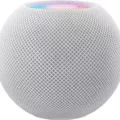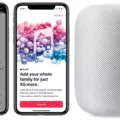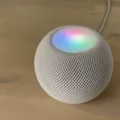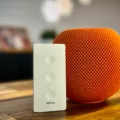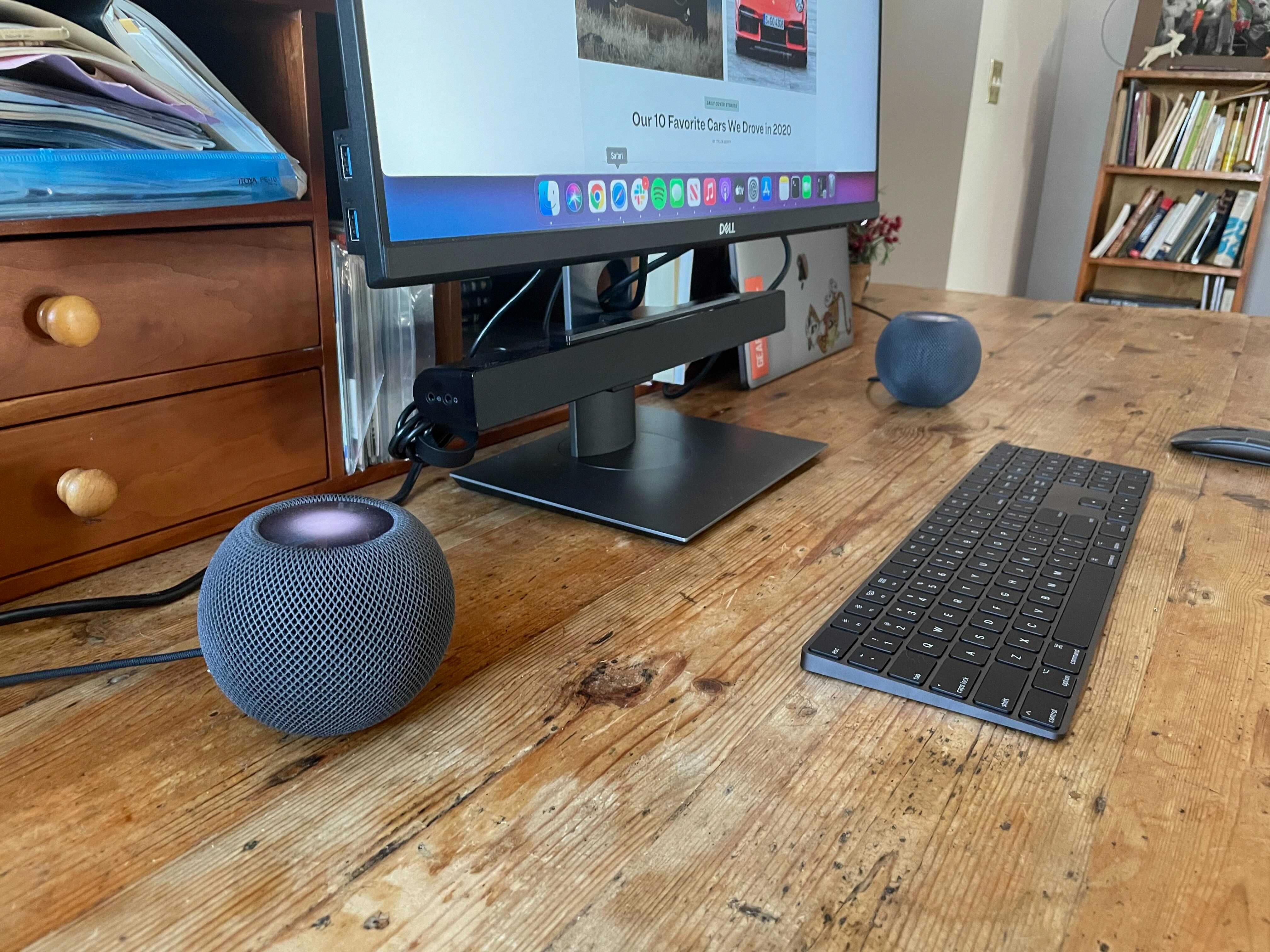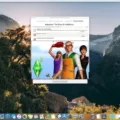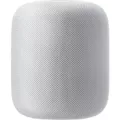The Apple HomePod is a revolutionary product that brings music to life in your home. With the HomePod, you can stream your iTunes library directly to your speaker, allowing you to enjoy all of your favorite songs without ever having to leave the comfort of your own home.
However, setting up the HomePod with iTunes can be a bit tricky due to some of the compatibility issues btween Apple products. To make sure that you get the most out of your HomePod and iTunes library, it is important that you understand how they work together.
First and foremost, you will need an iPhone or iPad to set up the HomePod with your iTunes library. Once you have unlocked your device, hold it next to the HomePod and tap “Set Up” when it appears on screen. This will pair the two devices together so that they can communicate with one another.
Once paired, open up Settings on your iPhone or iPad and select Music from the list of options. From there, select “Sync Library” which will allow you to sync all of the songs from your iTunes library onto the HomePod so that they are available for playback whenever you want them.
Finally, once everything is synced up correctly, open up iTunes on your computer and click on the AirPlay button at the top of the window. Selecting the checkbox next to HomePod will alow you stream whatever song is currently playing in iTunes straight onto your speaker with no added hassle!
Using Apple’s HomePod with iTunes library may seem complicated at first but once you understand how it works it can be an incredibly rewarding experience. With a few simple steps, you can now enjoy all of your favorite tunes in crystal clear clarity rigt from inside of your very own home!
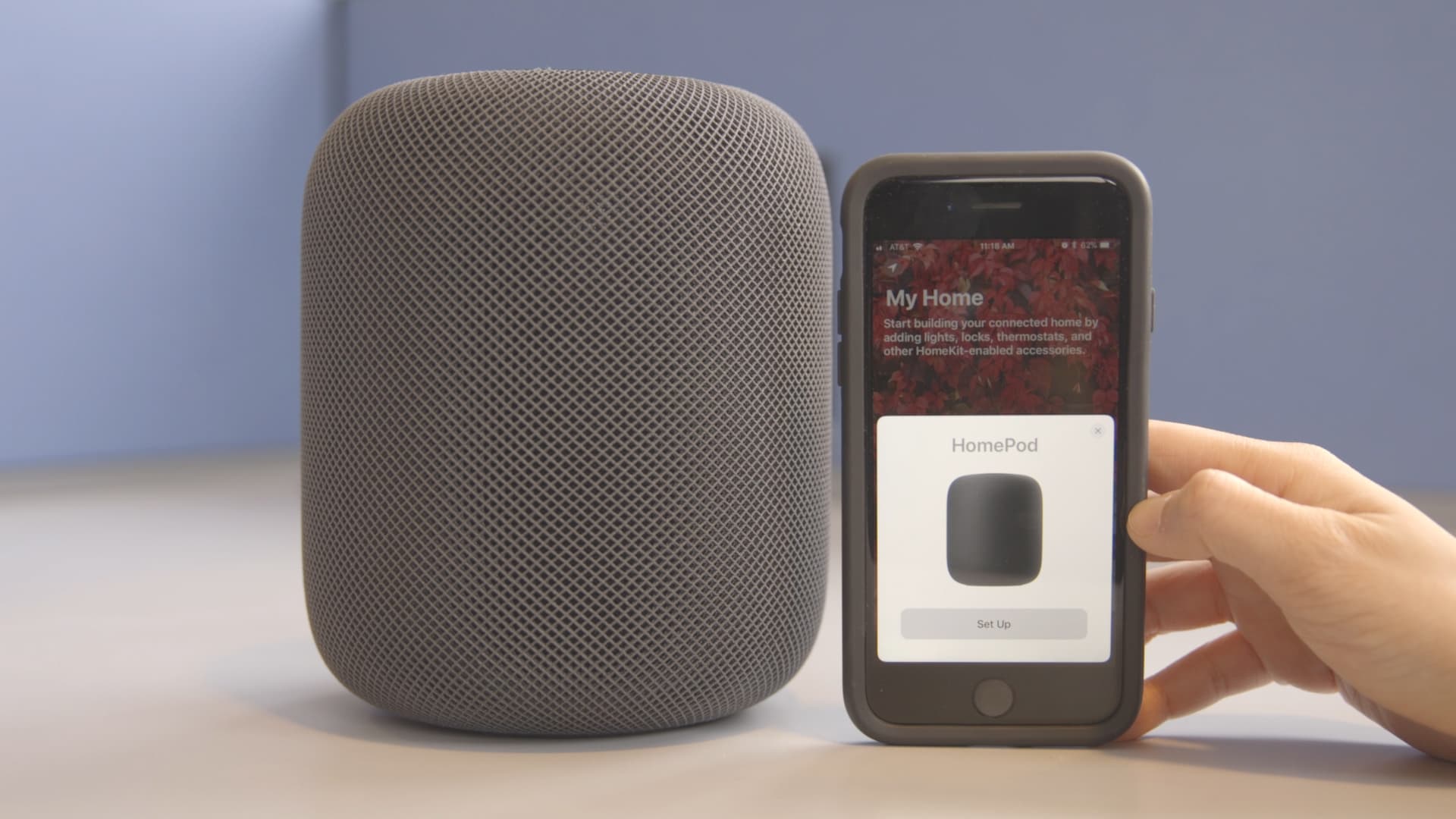
Can HomePod Access My iTunes Library?
Yes, HomePod can play your iTunes library. To do this, open the iTunes application on your computer and click the AirPlay button at the top of the window. Then select the checkbox next to HomePod. This will alow you to stream all of your music from iTunes to HomePod. You can also control playback from your computer, allowing you to pause, skip, or adjust volume levels directly from your computer.
Syncing a Library with HomePod
To sync your library with HomePod, open the Settings app on your iPhone and go to Music. Under Music, tap on “Sync Library” and toggle it to the “On” position. This will allow you to access all of your music stored in Apple Music or iTunes Match on your HomePod. Once Sync Library is enabled, it will take a few minutes for all of your music to appear on HomePod. You can also control what music appears by going to “Library” in the Music settings and enabling or disabling specific types of content. After that, you should be able to stream your music library directly from HomePod.
Adding HomePod to iTunes
To add HomePod to iTunes, you need to first make sure that both your HomePod and the device you’re using for iTunes are connected to the same Wi-Fi network. Then open up the iTunes app on your device and go to the AirPlay menu. You should see HomePod listed as an audio output option. Select it and you should be able to start streaming audio from iTunes to your HomePod.
Can HomePod Mini Access My Music Library?
Yes, the HomePod mini can play your music library. You can pair your iPhone with the HomePod mini during setup so that it can access your Apple Music library stored in the cloud. This allows you to search for and play any of your Apple Music songs, albums, or playlists directly from the HomePod mini. Additionally, you can add songs to your playlists directly from the HomePod mini, so you’ll always have easy access to all of your favorite music.
Playing a Playlist on HomePod
To play your playlist on HomePod, start by opening the Amazon Music app on your iPhone. Find the playlist you want to play and tap the AirPlay icon at the bottom of the screen. This will open a list of available devices. Select your HomePod from the list, which shuld appear with a name based on the room it is located in. Once selected, your playlist will start playing through the HomePod. If you don’t see your HomePod in the list, you may need to troubleshoot to ensure that it is connected properly—instructions for doing so can be found online.
Troubleshooting HomePod Music Playback Issues
If HomePod is not playing your music, it could be due to a few different reasons. First, make sure that you are connected to the same Wi-Fi network as HomePod. You can check this by opening the Home app on your iPhone or iPad and tapping HomePod. Scroll down and tap Wi-Fi Address to make sure that you are connected to the same network.
Next, make sure that you are logged into the same Apple ID on both your device and HomePod. If they are not logged in with the same Apple ID, HomePod won’t be able to access your music library.
If these two items are checked, then it’s possible that there may be an issue with the AirPlay connection between your device and HomePod. Try resetting HomePod by unplugging it from power for 10 seconds and then plugging it back in. This should reset the AirPlay connection between your device and HomePod.
Finally, if all else fails, try restarting your device or force quitting any streaming applications such as Apple Music or Spotify that you may be using with HomePod.
Setting Up HomePod Mini on iTunes
To set up HomePod mini on iTunes, you’ll need to have the latest version of macOS or iTunes installed on your computer. Once that’s done, open iTunes and plug HomePod mini into a power source. Wait for a chime and a pulsing white light to apper on the top of it, then hold your iPhone or iPad next to it. On your device’s screen, tap Set Up when it appears. Follow the instructions to complete setup. You will then be able to use iTunes with HomePod mini for music playback and control.
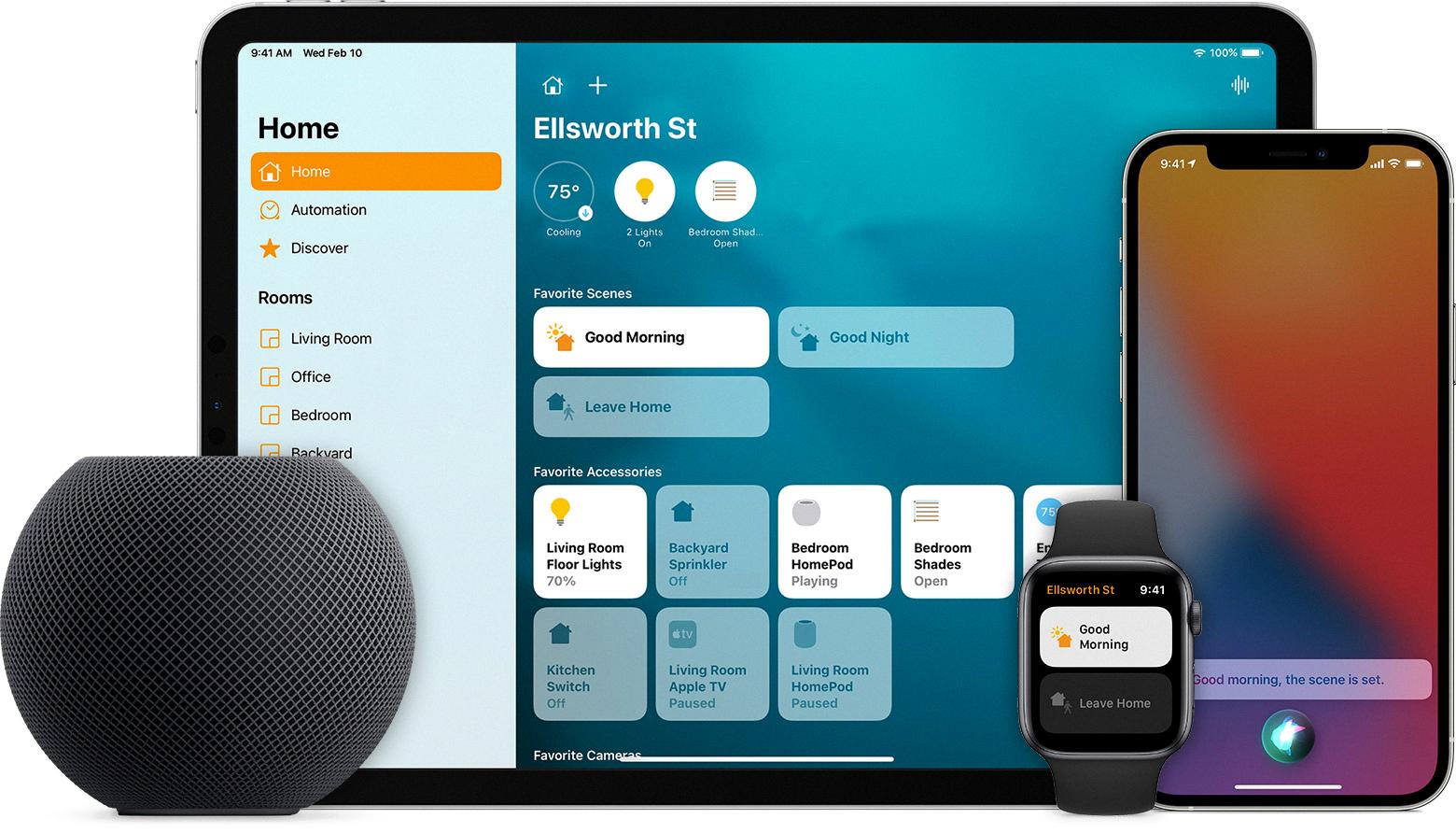
Source: support.apple.com
The Effectiveness of the HomePod
Yes, HomePod is still an excellent option for thoe looking for high-quality sound. Although the A8 processor inside the HomePod is beginning to show its age in terms of performance, the sound quality is still outstanding, and it remains a great choice for those looking for a powerful speaker. Additionally, HomePod supports AirPlay playback with multiple speakers and can be used to control HomeKit devices, making it a useful tool in any smart home setup.
Conclusion
In conclusion, the HomePod is a powerful device that can be used to stream music from iTunes. However, Apple’s promise of reinventing music in our homes was not achieved due to poor demand. While it is possible to use the HomePod to sync libraries with iTunes, this feature has been found to be unreliable and difficult for some users. Therefore, although the HomePod does have potential for high-quality audio streaming, its lack of popularity has overshadowed its true capabilities.

